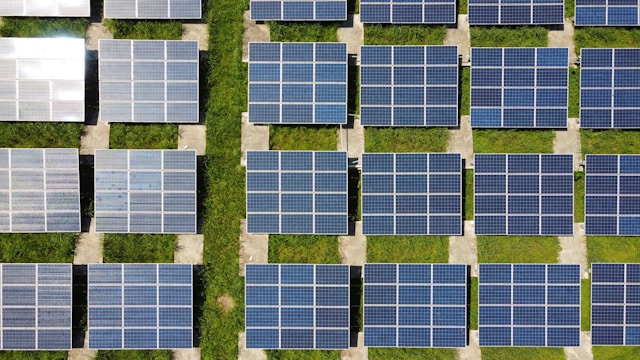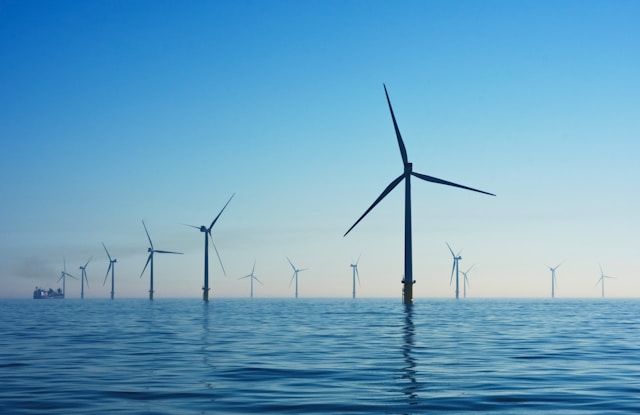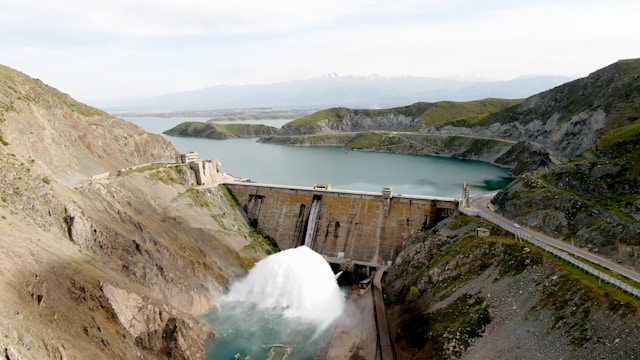Amidst the growing awareness of the importance of environmental conservation, renewable energy is increasingly becoming a major concern in an effort to reduce dependence on fossil fuels and mitigate negative impacts on the environment. In this article, we will get to know some examples of renewable energy that can be a solution to meet global energy needs without compromising our earth.
1. Solar Energy
Solar energy is one of the most accessible forms of renewable energy on earth. The process begins with the capture of sunlight by solar panels, which are made up of photovoltaic cells. When sunlight hits these cells, light energy is converted into electrical energy. This process is called photovoltaics.

Solar Panel Illustration by Anders J (Unsplash)
Advantages of Solar Energy:
Environmentally Friendly: Does not produce carbon emissions or air pollution.
Maintenance-Free: Solar panels require little maintenance once installed.
Scalability: Can be used on a small scale (for example, in households) or on a large scale (commercial solar power plants).
Solar Energy Challenges:
Dependence on Weather: The performance of solar panels is affected by weather and solar illumination.
Initial Cost: Although the cost of solar panels has decreased, the initial cost for installation can still be a barrier for some individuals or companies.
2. Wind Energy
Wind energy converts the kinetic energy of the wind into mechanical energy with the help of wind turbines. The wind turbine then converts this mechanical energy into electrical energy. Places with high wind speeds are considered ideal locations for the construction of wind turbines.

Wind farm illustration by Nicholas Doherty (Unsplash)
Advantages of Wind Energy:
Infinite Energy: Wind is an infinite source of energy, as long as the sun is still shining and the atmosphere is moving.
Multi-functional Land: Wind turbines can be erected on land that can also be used for agriculture or other activities.
Challenges of Wind Energy:
Environmental Effects: The construction of wind turbines can affect wildlife habitats and affect the natural landscape.
Dependence on Location: The performance of wind turbines is highly dependent on the speed and consistency of the wind at that location.
3. Water Energy (Hydroenergy)
Water energy, or hydroenergy, is one of the oldest forms of renewable energy used by humans. It involves using the kinetic energy of water, such as rivers or waterfalls, to generate electrical energy through hydroelectric power plants.

Hydroenergy Illustration by Collab Media (Unsplash)
Advantages of Water Energy:
Stability: Hydroelectric power plants can produce energy consistently without being disturbed by weather fluctuations.
Large Capacity: Hydropower plants can produce large amounts of energy, meeting large energy needs.
Challenges of Hydropower:
Ecosystem Impacts: Construction of dams and hydropower plants can alter local aquatic ecosystems and affect fish migration.
Location Limits: Only areas with sufficiently large and consistent water flow can be effectively utilized for hydropower generation.




